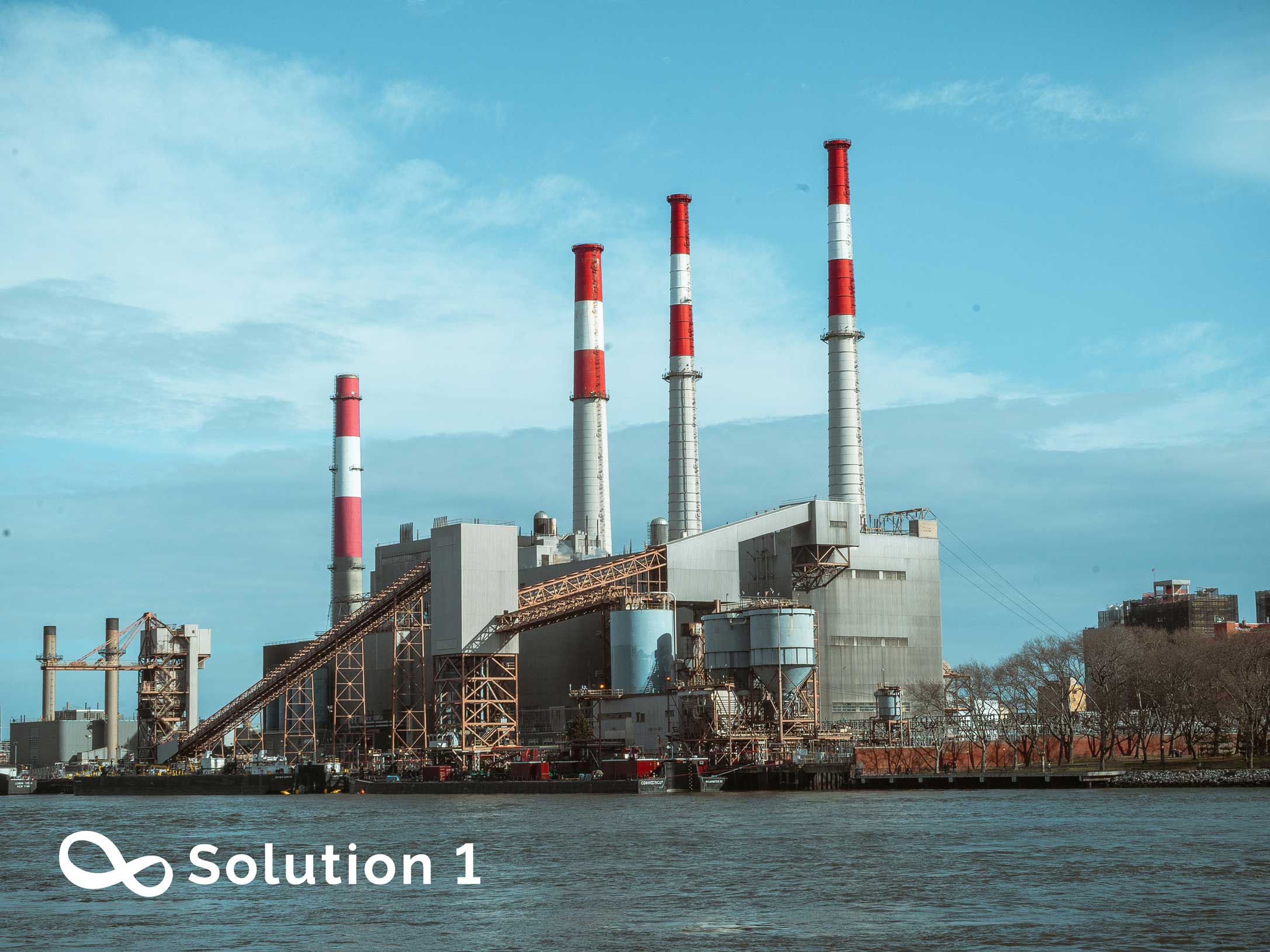Revolutionizing power systems: The shift from centralized to decentralized architecture.
The demanding environmental challenges call for greener and more efficient power systems. Alongside this, we are facing a change of architecture in power systems as we move from the previously centralized design towards a decentralized architecture where boundaries between consumers and producers become diffuse.
As electric energy could not be easily stored, electric power companies matched demand and supply at a regional or national level by either increasing or decreasing the production rate of their power plants or importing power from other electric utilities. Since there are limits on what can be accomplished on the supply side, bearing in mind that generating units can take a long time to produce full power and demand can at times exceed the available supply, demand response aims to better match the demand for power in a more efficient way and in different levels.
Nowadays, Vehicle to Grid technology is more mature and closer to being commercial. Some commercially available electric vehicles as well as charge points are now Vehicle to Grid compatible. Several recent changes accompany this transition. In Europe, transmission system operators, as well as distribution system operators have created market mechanisms to integrate demand–response capable electric vehicle fleets in the European grid.
Legislative obstacles to Vehicle to Grid application at the European level, such as the double taxation of storage assets, have been removed. Standards enabling universal and interoperable communication between electric vehicles and charge points have been set. Consumer acceptance of Vehicle to Grid charging remains a necessary prerequisite for the further adoption and commercialization of Vehicle to Grid technology.
According to a report by Bloomberg, A project in the UK who have been pumping electricity from their vehicles to surrounding homes and businesses since 2018, a nascent bit of energy arbitrage known as Vehicle to Grid. The concept is for electric vehicles to charge their own batteries when renewable energy is ripe, and then discharge some of that electricity when power demand is high and renewable generation is low.
An electric vehicle’s battery can be used to support the power grid or can act as a buffer for a home promoting self-consumption. Homes that generate solar or wind power can store it locally in their car and retrieve it when required, without stressing the power grid, communicate with the power grid to sell demand response services by either returning electricity to the grid or by throttling their charging or discharging rate.
Vehicle to Grid and Vehicle to Home are considered helpful tools in improving the robustness of the electric grid, for example mitigating the effects of the intermittent nature of renewable energy. However, the successful implementation of these techniques faces a number of challenges. Since these are emerging technologies, there are no standardized communication protocols, which affects interoperability.
Additionally, Vehicle to Grid or Vehicle to Home requires inverting the DC power back to AC inevitably incurs some losses and it is unclear how those losses would affect a large-scale Vehicle to Grid or Vehicle to Home system.





